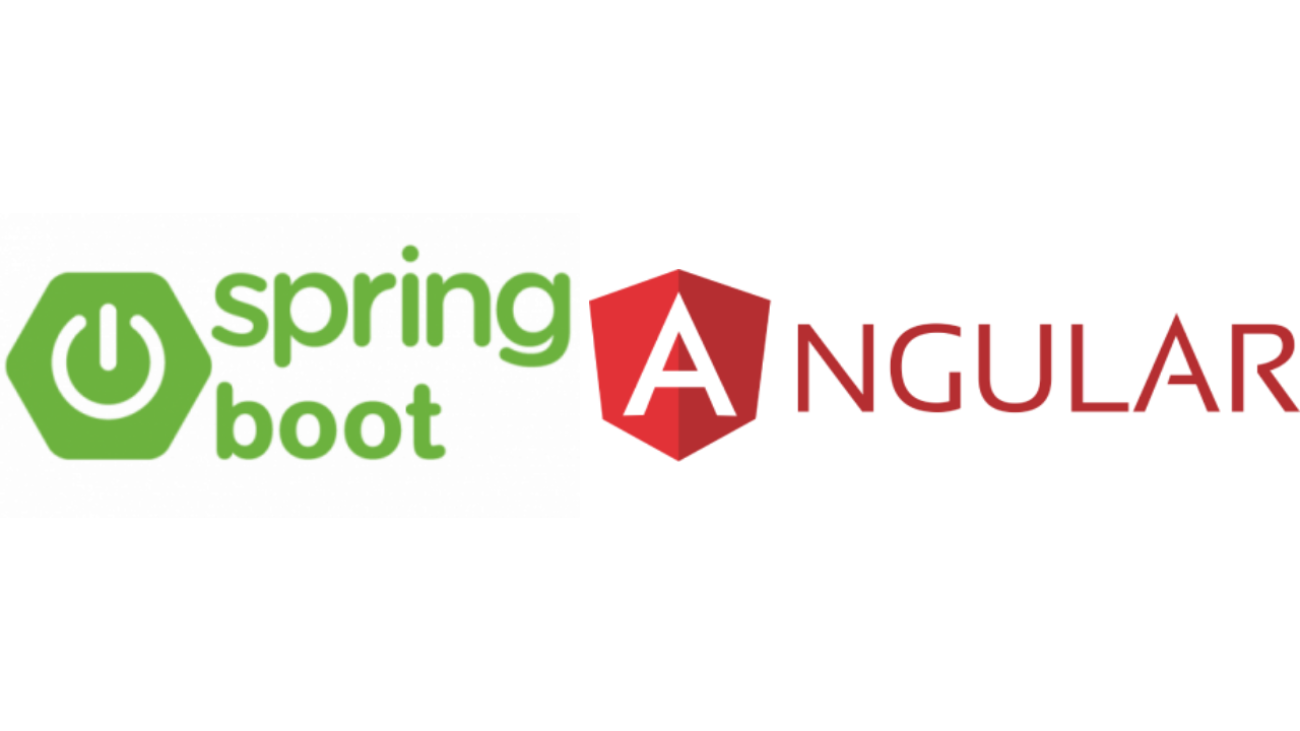This Spring Boot application serves as a blog platform, allowing users to create, read, update, and delete blog posts. The user can also comment each post.
Go on that URL as example http://blog-app-black-pine-3535.fly.dev/api/v3/post and you will see the list of posts
[
{
"title": "Title 1",
"content": "Content 1",
"comments": [
{
"text": "comment 1"
}
]
},
{
"title": "Title 2",
"content": "Content 2",
"comments": [
{
"text": "comment 2"
}
]
},
{
"title": "Title 3",
"content": "Content 3",
"comments": [
{
"text": "comment 3"
}
]
}
]- Project Setup
- Technologies Used
- Running the Application
- Configuration
- Building the Application
- Endpoints
- Testing
- Deployment
- Clone Repository
git clone https://github.com/daniellaera/spring-blog-app.git cd spring-blog-app
-
Set Up Environment Variables
Configure the following environment variables in your GitHub Actions workflow file (.yml), in the deployment service's settings, or in the repository's secrets section:DATABASE_URL: The URL for your database connection (e.g.,jdbc:postgresql://<host>:<port>/<dbname>for PostgreSQL).DATABASE_USERNAME: The username for your database.DATABASE_PASSWORD: The password for your database.
You can set these environment variables as repository secrets in GitHub, and then reference them in your workflow file:
env: DATABASE_URL: ${{ secrets.DATABASE_URL }} DATABASE_USERNAME: ${{ secrets.DATABASE_USERNAME }} DATABASE_PASSWORD: ${{ secrets.DATABASE_PASSWORD }}
- Java and Spring Boot for backend development
- PostgreSQL as the relational database
- Flyway for database migrations
- JUnit and Mockito for unit and integration testing
- GitHub Actions for CI/CD pipeline
-
Run the application locally with:
./mvnw spring-boot:run
-
Run with the dev profile to load configuration from application-dev.yml with:
./mvnw spring-boot:run -Dspring-boot.run.profiles=dev
-
Access the application at
http://localhost:8080
The application settings are primarily managed through application.yml with environment-specific values for:
spring:
datasource:
url: ${DATABASE_URL}
username: ${DATABASE_USERNAME}
password: ${DATABASE_PASSWORD}
driver-class-name: org.postgresql.Driver
jpa:
hibernate:
ddl-auto: none
flyway:
enabled: trueTo build the application and create an executable JAR file:
./mvnw clean packageGET /api/v3/post- Retrieves all blog postsGET /api/v3/post/{id}- Retrieves a specific post by IDPOST /api/v3/post- Create new postDELETE /api/v3/post/{id}- Delete a specific post by ID
GET /api/v3/{postId}/comments- Retrieves all comments by postIdPOST /api/v3/comment/{postId}- Create new comment on specific postIdPATCH /api/v3/comment/{commentId}- Update comment by ID
Run tests with:
./mvnw testThe application includes unit tests for service layers and integration tests for the repository layer, ensuring data consistency and business logic reliability.
The application is configured to deploy using Fly.io via GitHub Actions. Ensure that the following GitHub Secrets are set for the deployment pipeline:
FLY_API_TOKENDATABASE_URLDATABASE_USERNAMEDATABASE_PASSWORD
This SQL file, located in src/main/resources/db/migration, is processed by Flyway on startup if the database is missing this migration. It includes the initial table definitions and some sample data for testing:
V1__init.sql
-- Create post table
CREATE TABLE post (
id SERIAL PRIMARY KEY,
title VARCHAR(255),
content TEXT
);
-- Create comment table with foreign key to post table
CREATE TABLE comment (
id SERIAL PRIMARY KEY,
text TEXT,
post_id BIGINT,
FOREIGN KEY (post_id) REFERENCES post(id)
);
-- Insert initial data into post table
INSERT INTO post (title, content)
VALUES ('Title 1', 'Content 1'),
('Title 2', 'Content 2'),
('Title 3', 'Content 3'),
('Title 4', 'Content 4');
-- Insert initial data into comment table
INSERT INTO comment (text, post_id)
VALUES ('comment 1', 1),
('comment 2', 2),
('comment 3', 3);Tip: For safe versioning, avoid modifying applied migration files like
V1__init.sql. Instead, create new migration files (e.g.,V2__add_column.sql) for schema updates.
